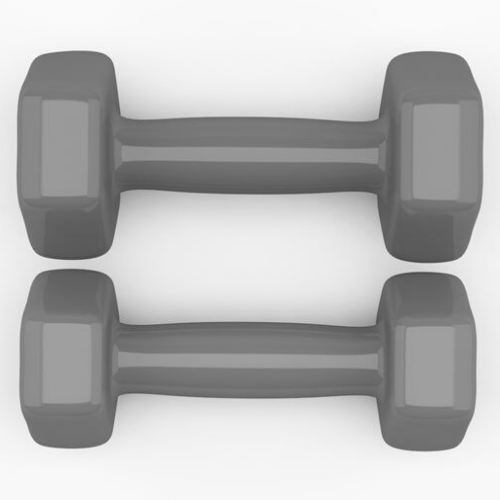Dumbbells are ubiquitous tools often found on the windowsills, shelves, floors and racks of physiotherapy treatment rooms and rehabilitation spaces. As highly variable free weights that can be used individually or in pairs, dumbbells are extremely versatile training devices.
In his March 1861 essay on Gymnastics, US minister and exercise advocate Thomas W. Higginson celebrated the high versatility of dumbbells by promoting them as ‘a whole athletic apparatus packed up in the smallest space; it is gymnastic pemmican’ that makes it possible to exercise nearly every muscle in the body (Todd, 2003).
According to the Oxford English dictionary, the term from dumbbell first came into use in 1711 when their now familiar shape appeared. They were coined dumbbells by analogy, hinting at an apparatus like that used to ring a church bell or practice ringing changes, but without the bell, or sound, and hence dumb.
Notwithstanding the etymology of the English term used for them, different types of dumbbells have been used for resistance training and competition in India, China, and Greece for more than 1000 years. In these places, various types of training using stones, logs, sandbags, and water carrying devices were used, while their common shape – a short bar with two equal (fixed or adjustable) weights at each side were common.
Description provided by Filip Maric of Norway
References:
Todd, J. 2003. The strength builders: A history of barbells, dumbbells and Indian clubs. The International Journal of the History of Sport, 20(1), 65-90.

